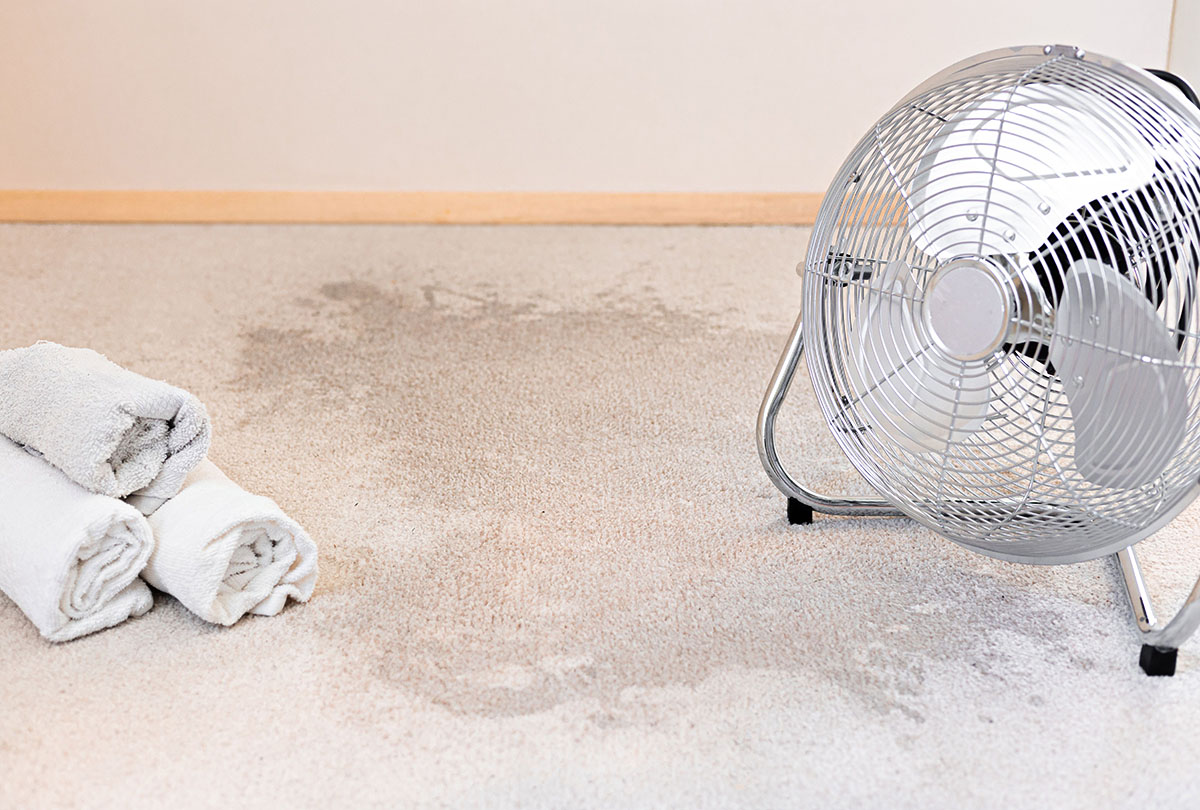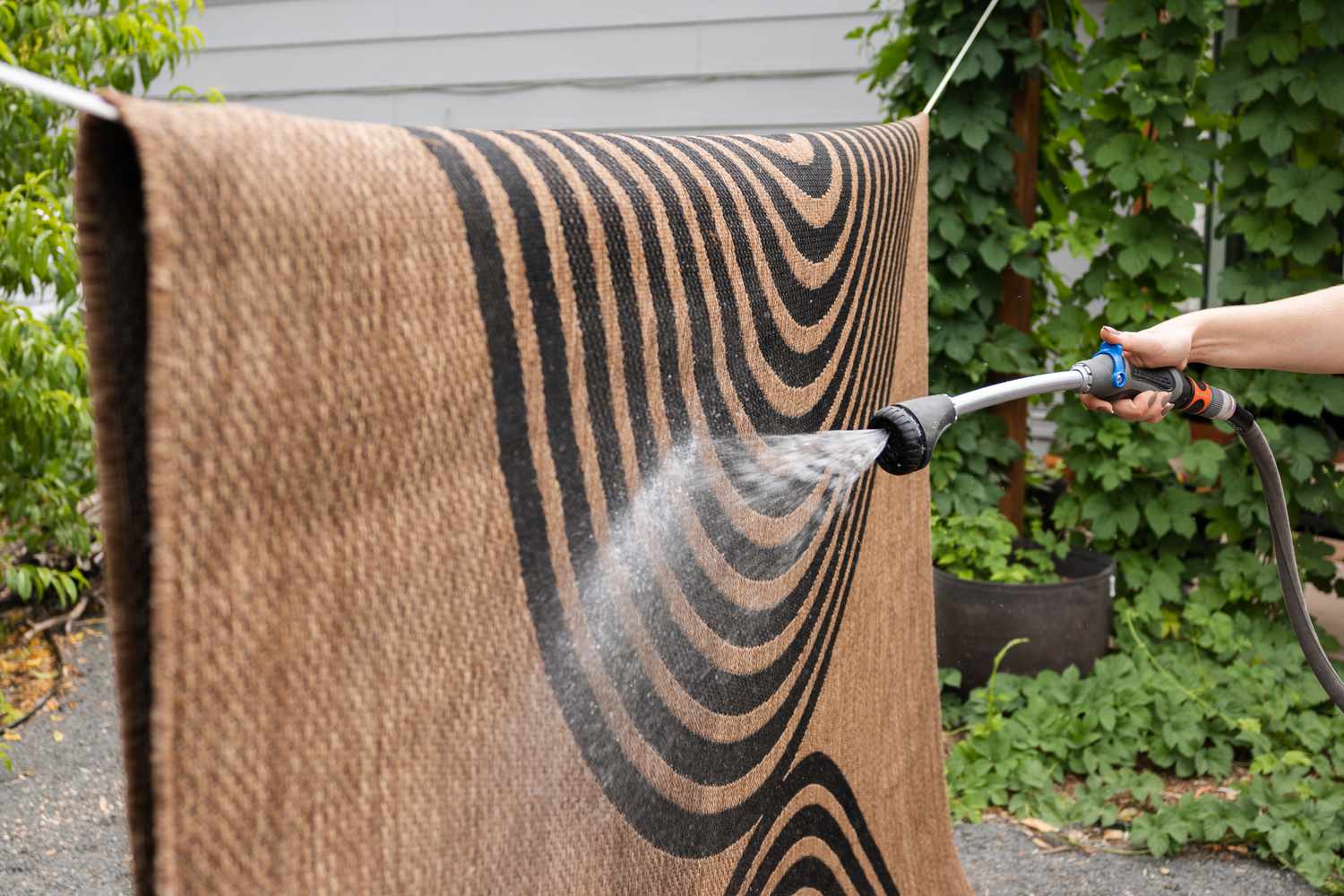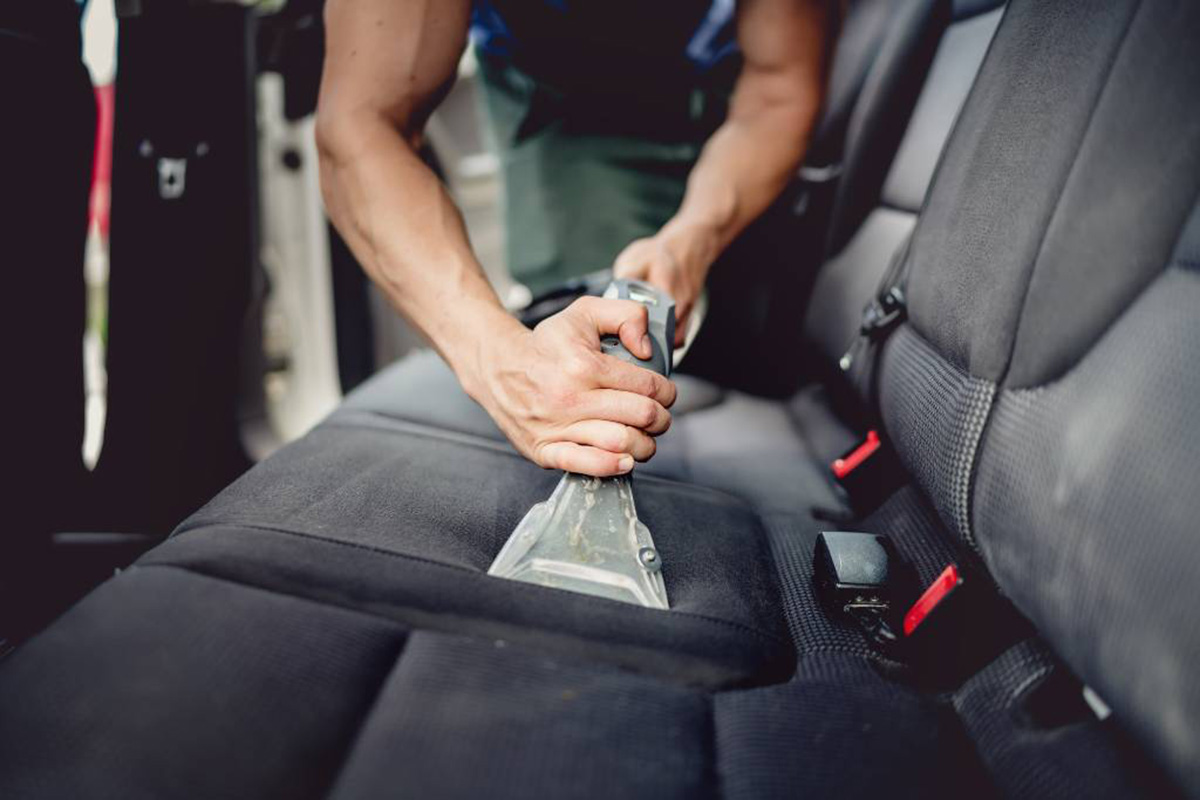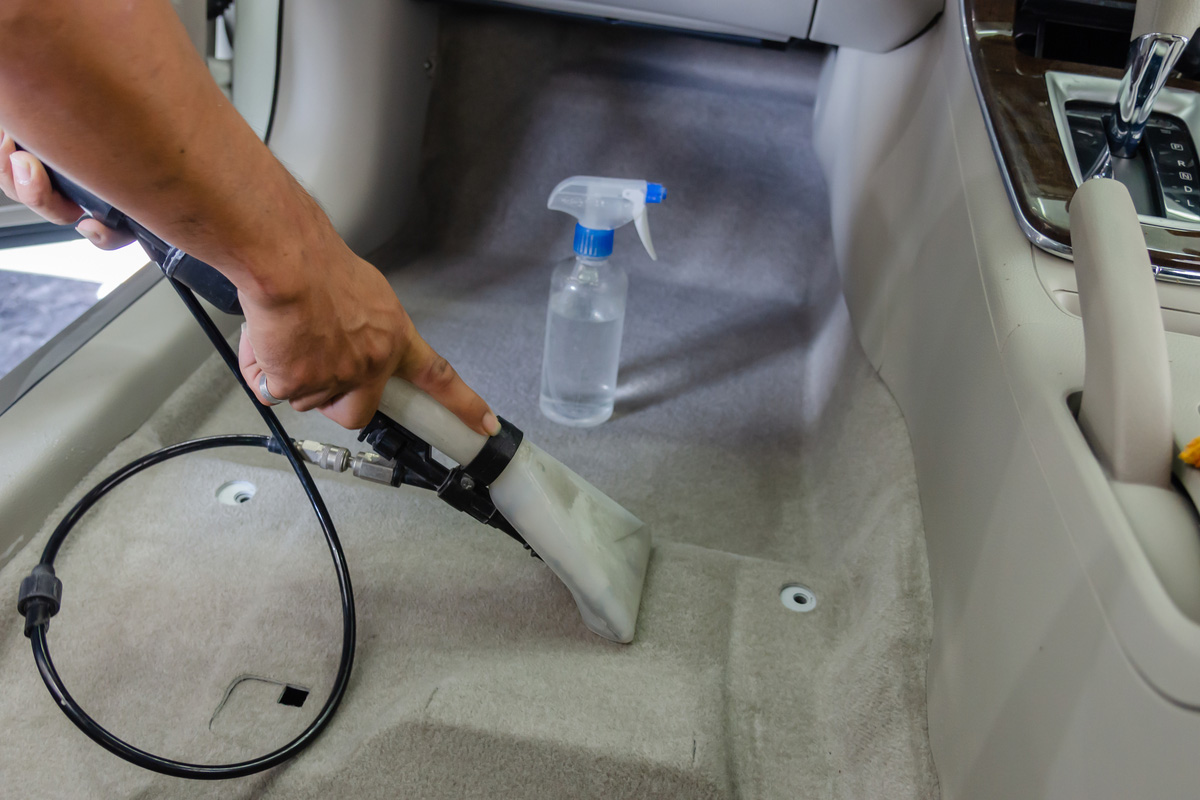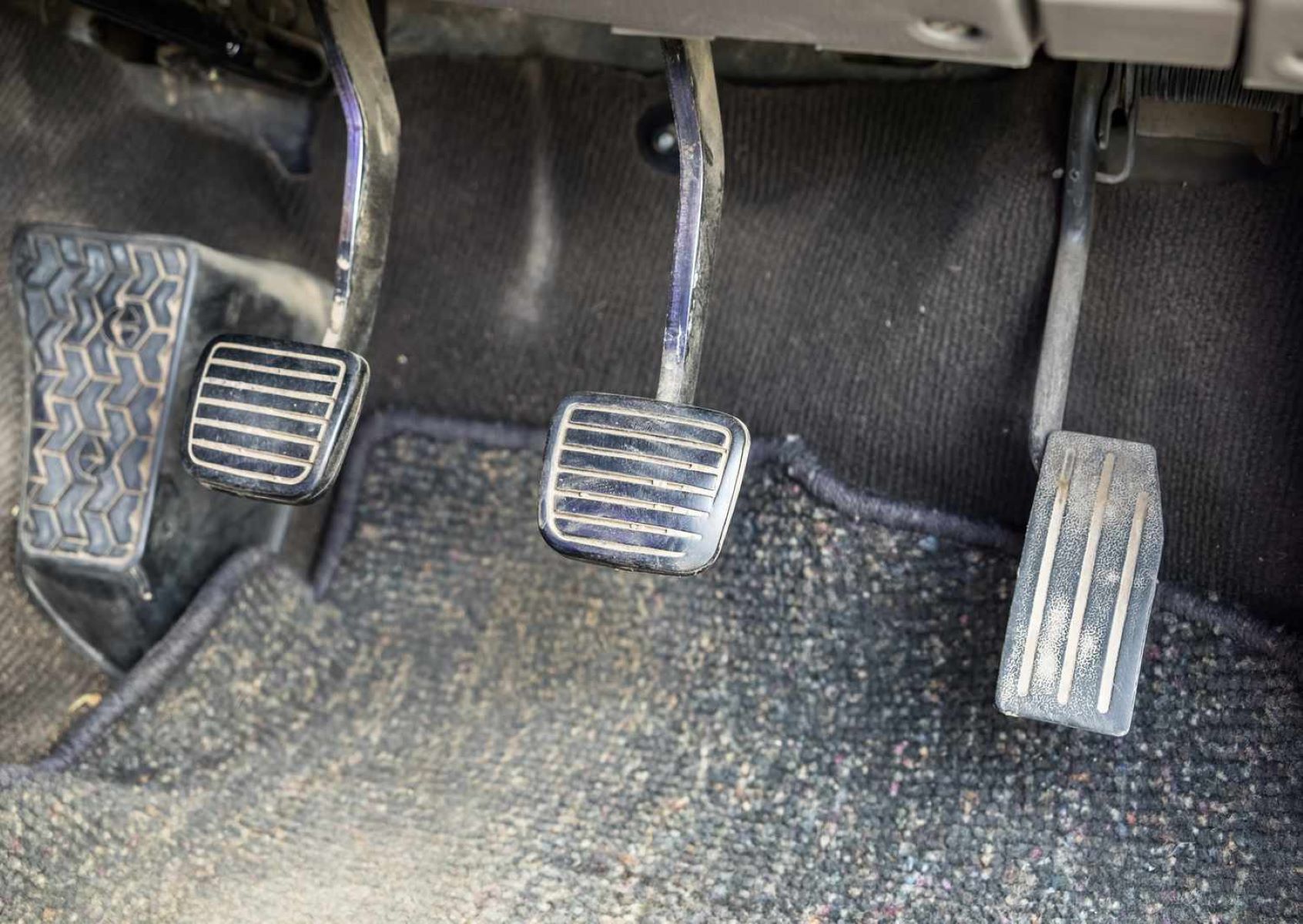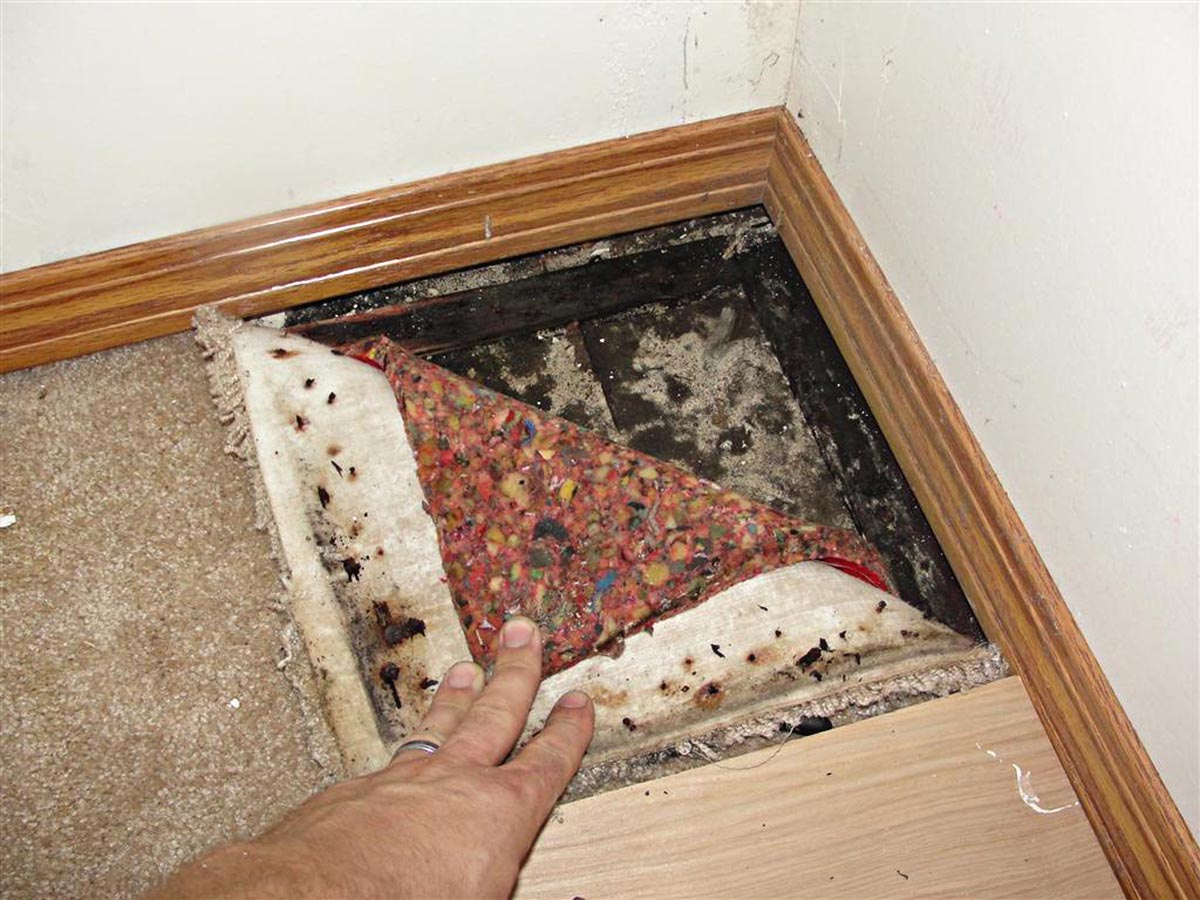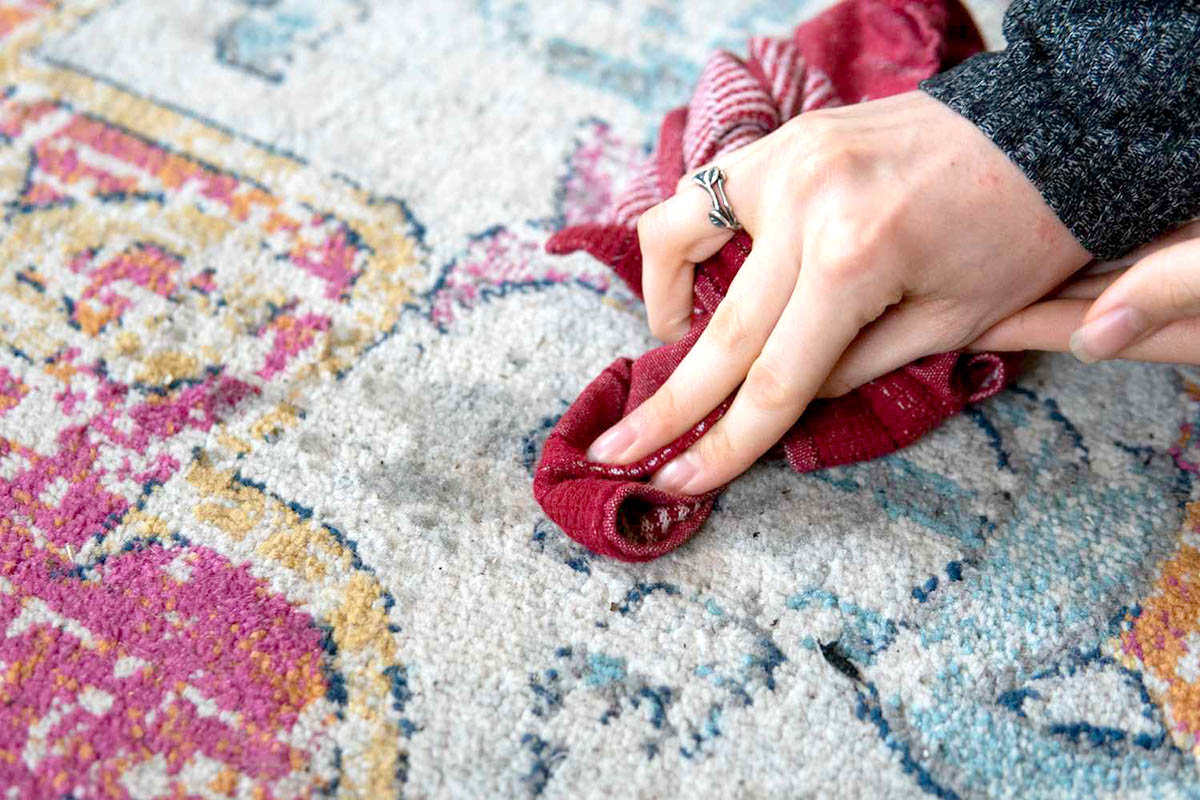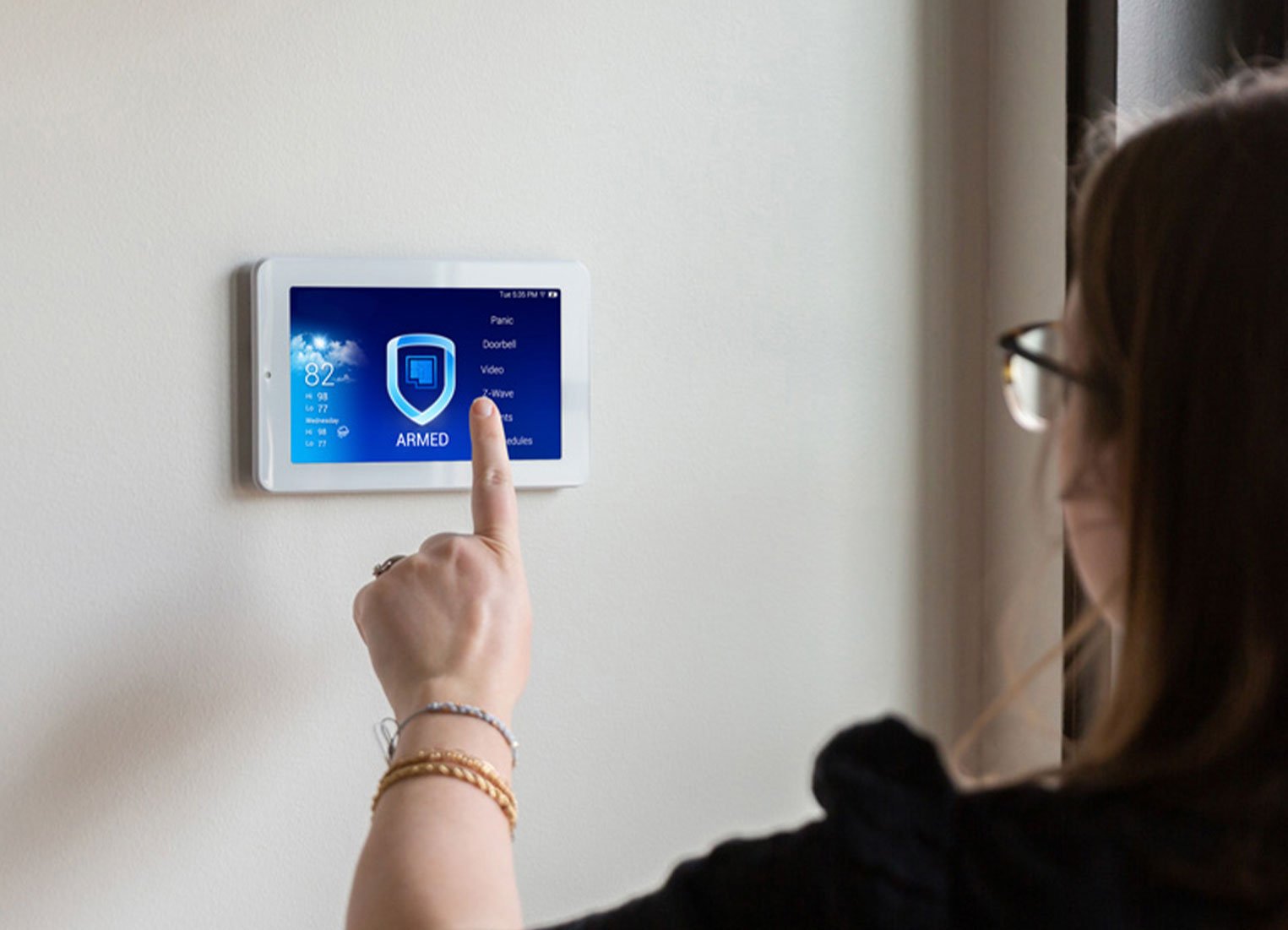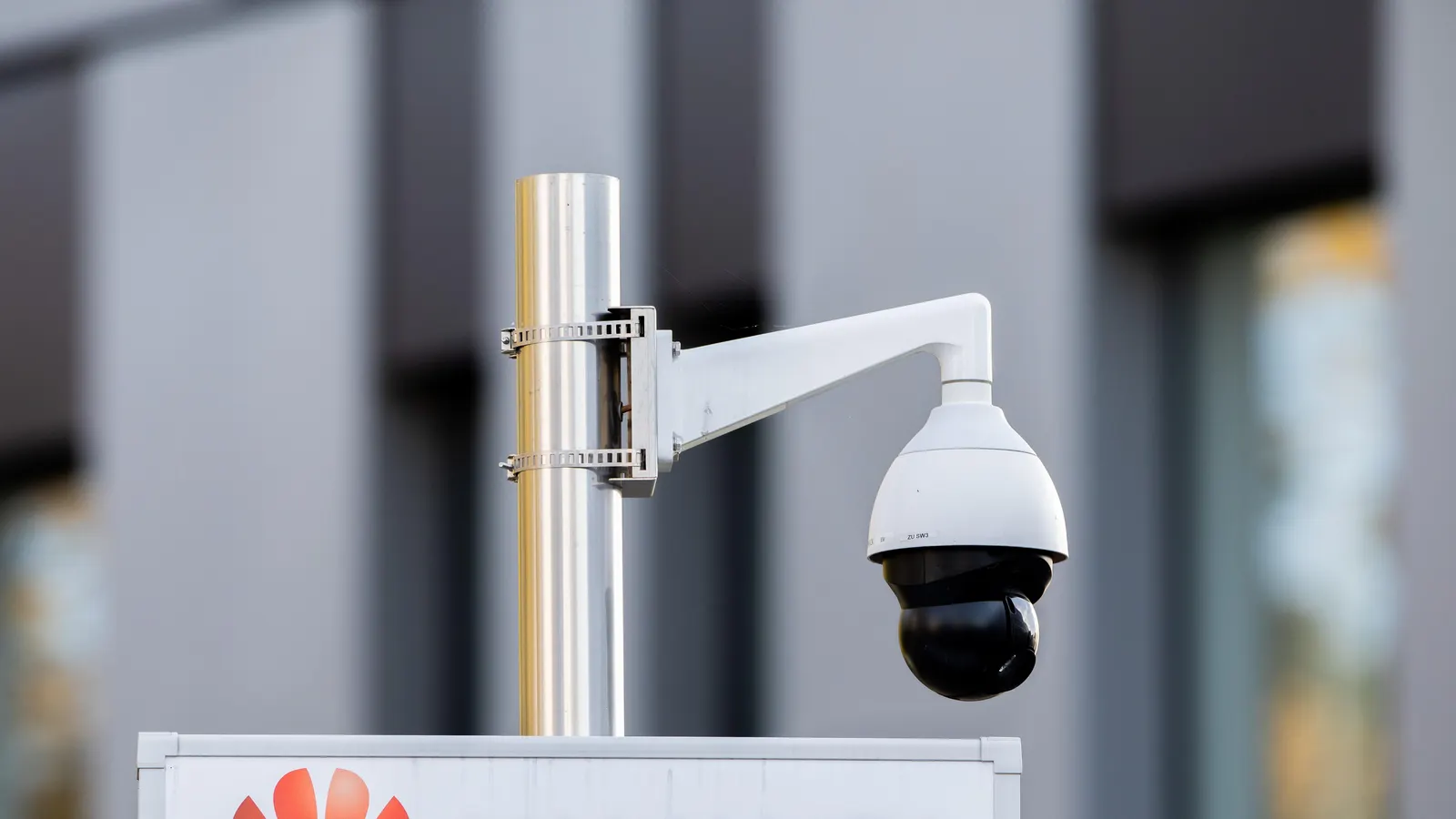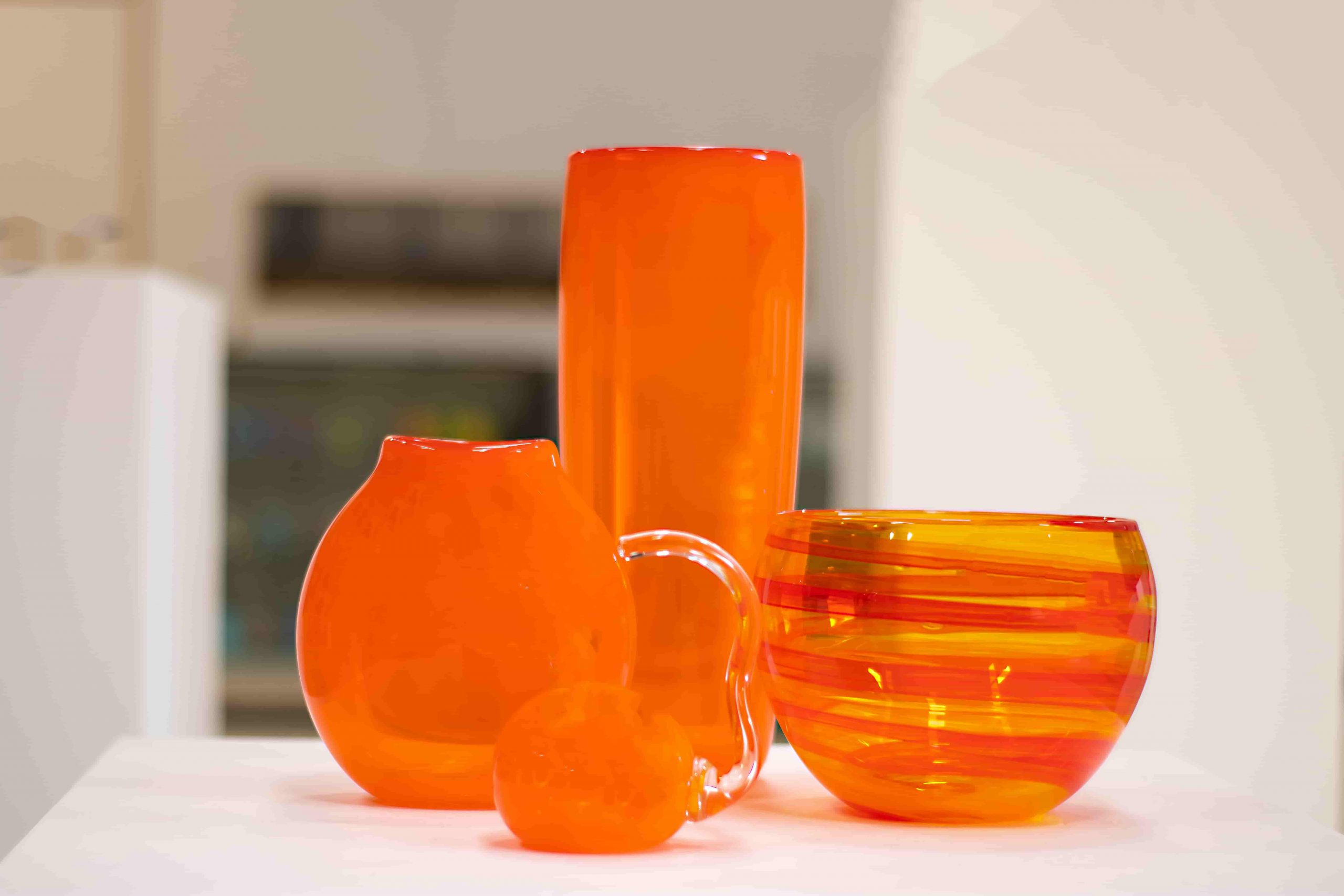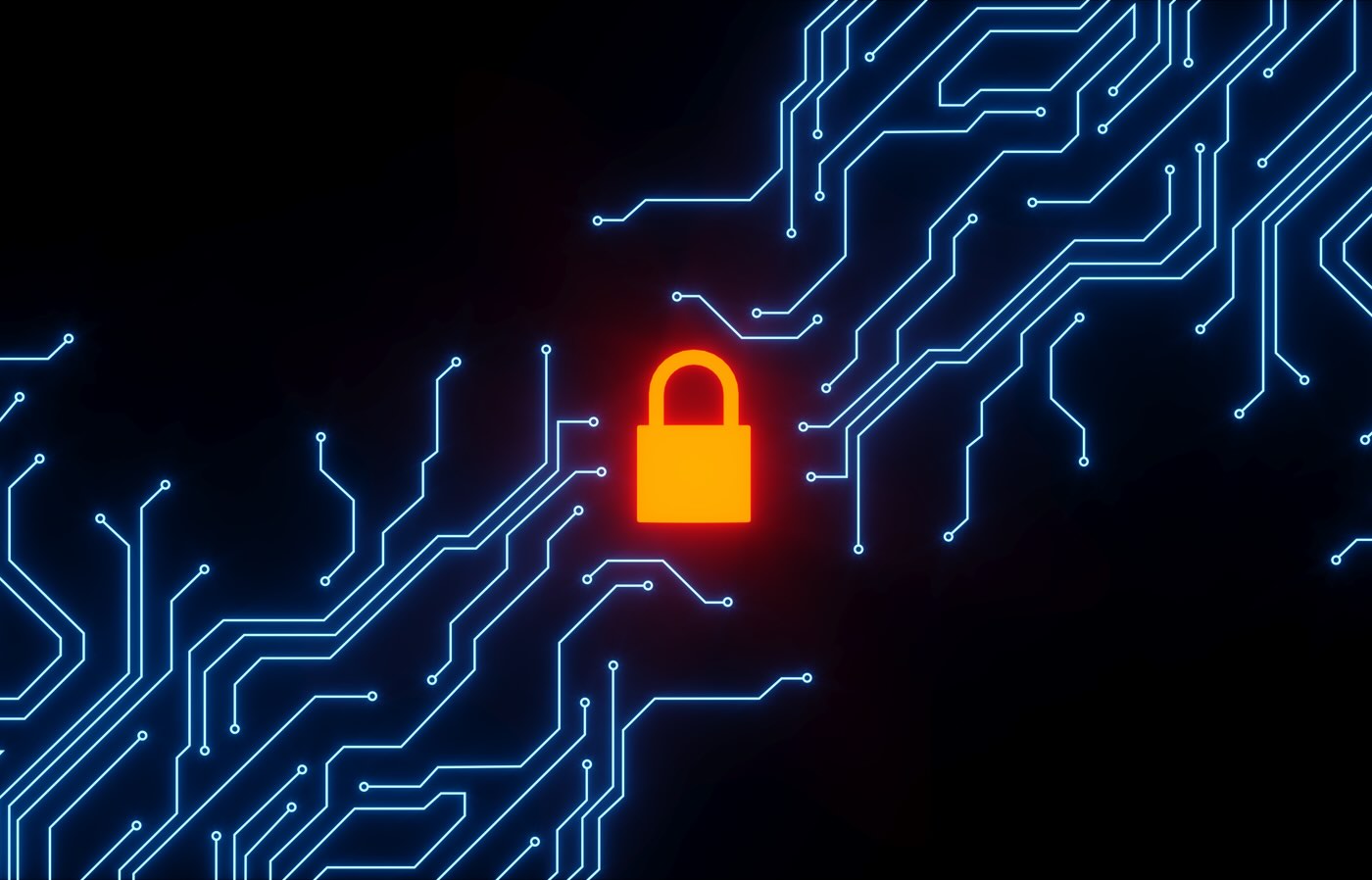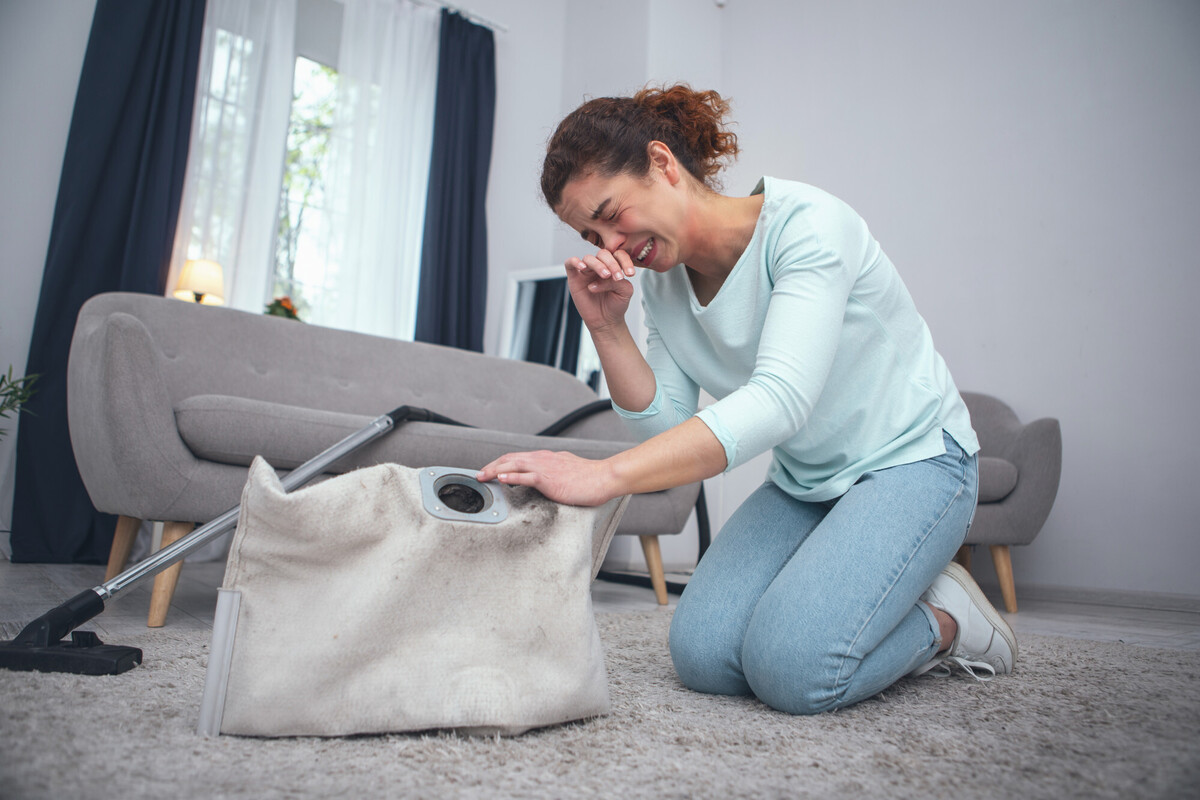

Articles
How To Detect Mold In Carpet
Modified: January 19, 2024
Learn effective methods for detecting mold in carpets with our informative articles. Discover common signs and symptoms, and get expert tips for prevention and removal.
(Many of the links in this article redirect to a specific reviewed product. Your purchase of these products through affiliate links helps to generate commission for Storables.com, at no extra cost. Learn more)
Introduction
Mold can be a serious issue in any home or building. It not only poses a health risk to the occupants but can also cause damage to the structure of the property. One area where mold often goes undetected is in carpets. The warm and humid environment created by carpet fibers provides the perfect breeding ground for mold spores to thrive.
Understanding the dangers of mold and knowing how to detect its presence in your carpet is crucial in maintaining a safe and healthy living environment. In this article, we will explore the signs of mold in carpets, discuss different detection methods, and provide tips on how to handle and prevent mold growth in your carpet.
Before we delve into detecting mold in carpets, let’s first understand what mold is. Mold is a type of fungus that grows in damp and humid conditions. It reproduces by releasing tiny spores into the air, which can easily spread and settle in various areas of your home. Mold not only looks unsightly but can also release harmful toxins that can lead to respiratory issues, allergies, and other health problems.
Mold can grow on any organic material, including carpet fibers, padding, and even the subfloor. It thrives in areas with excessive moisture, such as bathrooms, basements, and areas prone to water leaks or flooding. Carpet mold can often go unnoticed since it is hidden deep within the fibers. However, there are several signs you can look out for to determine if your carpet has been affected.
As with any mold issue, the earlier you detect it, the easier it is to resolve. Whether you are a homeowner or a tenant, being aware of potential mold growth in your carpet is essential. By identifying and addressing the issue promptly, you can prevent further damage and protect the health and well-being of everyone who resides in the space.
Key Takeaways:
- Detecting mold in carpets is crucial for maintaining a healthy living environment. Visual inspection, musty odor detection, and professional testing methods are essential for identifying and addressing mold issues promptly.
- Preventing mold growth in carpets requires maintaining proper indoor humidity, addressing water damage promptly, and implementing regular cleaning and maintenance. By taking proactive measures, you can ensure a healthy, mold-free carpeted environment in your home.
Read more: How To Clean Carpet Mold
Understanding Mold
Mold is a common household problem that can have serious implications for both your health and the structural integrity of your home. To effectively deal with mold in your carpet, it’s important to have a basic understanding of how it grows and spreads.
Mold is a type of fungus that thrives in damp, dark, and humid environments. It reproduces by releasing spores into the air, which can then settle on various surfaces and begin to grow. These spores are invisible to the naked eye and can easily be inhaled, leading to allergic reactions and respiratory issues.
When it comes to carpet, mold can grow on both the surface of the carpet and within the carpet fibers. The main causes of mold growth in carpets are moisture and lack of proper ventilation. Excessive humidity, water leaks, and flooding can all create the ideal conditions for mold to thrive.
Once mold begins to grow in your carpet, it can spread quickly and become a significant problem. Not only can it cause discoloration and an unpleasant odor, but it can also weaken the carpet fibers and lead to structural damage. In addition, mold in carpets can release toxic substances known as mycotoxins, which can have harmful effects on your health when inhaled or touched.
It’s important to remember that mold growth in carpets is not just an aesthetic concern. Even if you can’t see visible signs of mold, it may still be present deep within the carpet fibers. This is why it’s crucial to regularly inspect your carpets and be aware of the potential signs of mold growth.
By understanding how mold grows and spreads, you can take the necessary steps to prevent its growth and address any existing mold issues in your carpet. In the next sections, we will explore the common signs of mold in carpets and discuss the various methods for detecting and handling mold in this specific area of your home.
Signs of Mold in Carpet
Detecting mold in your carpet can be challenging, as it often grows unnoticed beneath the surface. However, there are several key signs you can look out for that indicate the presence of mold in your carpet.
- Visual Inspection: The most obvious sign of mold in carpet is visible growth. Look for patches or spots of discoloration on the surface of your carpet. Mold can appear in various colors, including green, black, brown, or even white. It may also have a fuzzy or slimy texture. Pay close attention to areas near windows, walls, or where there has been previous water damage.
- Musty Odor: Mold has a distinct, musty odor that is often described as earthy or damp. If you notice a persistent, unpleasant smell in a particular area or room, it could be an indication of hidden mold in your carpet.
- Allergic Reactions: Mold can trigger allergic reactions in some individuals. If you or your family members experience symptoms such as sneezing, coughing, watery eyes, or respiratory issues when spending time near or on the carpet, it could be a sign of mold contamination.
- Deterioration of the Carpet: Mold growth can weaken carpet fibers, causing them to become discolored, brittle, or even disintegrate in severe cases. If your carpet feels damp, mushy, or has areas that appear to be deteriorating, it’s likely that mold is present.
- Water Damage or Flooding: If your carpet has been exposed to water damage or flooding in the past, there is a high risk of mold growth. Moisture from such incidents can seep into the carpet padding and promote the development of mold over time.
It’s important to note that some signs of mold in carpet may overlap with other carpet issues, such as stains or pet damage. If you suspect mold but are unsure, it’s best to investigate further or seek professional assistance.
Next, we will explore the methods you can use to detect mold in your carpet, ranging from DIY techniques to professional mold testing. Proper detection is crucial in addressing the issue effectively and taking the necessary steps to eliminate the mold from your carpet and prevent further contamination.
Visual Inspection
A visual inspection is one of the initial methods you can use to detect mold in your carpet. While not all mold growth is visible to the naked eye, conducting a thorough visual examination can provide valuable insight into the potential presence of mold.
Here are the steps to follow for a visual inspection:
- Check for Discoloration: Carefully examine the carpet for any visible patches or spots of discoloration. Mold can appear in various colors, such as green, black, brown, or white. Concentrate on areas near walls, windows, or where there has been previous water damage, as these are common areas for mold growth.
- Look for Stains or Dark Spots: Mold can leave behind stains or dark spots on the carpet surface. These stains may appear irregular in shape and have a fuzzy or slimy texture. Pay close attention to areas that are frequently exposed to moisture, such as bathrooms, basements, or areas prone to leaks.
- Examine the Carpet Padding: In some cases, mold growth may extend beyond the carpet surface and into the underlying padding. Gently lift a corner of the carpet and investigate the condition of the padding. Look for signs of discoloration, moisture, or a musty odor. If the padding appears compromised, it may indicate mold growth.
- Check for Warping or Buckling: Mold growth can cause the carpet to warp or buckle. Look for areas where the carpet appears to be raised or uneven, as this could be a sign of moisture intrusion and mold underneath.
- Inspect the Baseboards and Walls: Mold can spread from the carpet to the surrounding areas, such as baseboards and walls. Check these areas for any signs of mold growth, including discoloration, peeling paint, or a musty smell.
It’s important to note that a visual inspection may not always be sufficient to detect mold, especially if the growth is hidden deep within the carpet fibers or under the padding. In such cases, further testing may be necessary to accurately identify mold and determine the extent of the contamination.
In the next sections, we will explore various methods of mold detection, including both DIY techniques and professional assistance, to help you effectively identify and address mold issues in your carpet.
Musty Odor
A musty odor is often associated with the presence of mold. If you notice a persistent, unpleasant smell in a specific area or room, it could be an indication of mold growth, even if there are no visible signs. This is particularly true when it comes to detecting mold in carpet.
Here’s what you need to know about detecting mold through its musty odor:
- Identifying the Smell: A musty odor is often described as earthy, damp, or similar to a damp basement. It may be more noticeable when you enter a room or when you’re in close proximity to the carpet. The odor can vary depending on the type and concentration of mold present.
- Localized Smells: If the musty odor seems to be concentrated in a specific area or room, it’s worth investigating further. Pay attention to rooms with poor ventilation or areas that have experienced water damage or high humidity levels in the past.
- Hidden Mold: In some cases, mold may be present in the carpet without any visible signs. This is particularly true if the mold is hidden deep within the carpet fibers or under the padding. The musty odor can be a clue that there is mold growth that needs to be addressed.
- Investigate Further: If you suspect mold due to a musty smell, it’s important to conduct a thorough inspection. Check the carpet for any visible signs of mold, such as discoloration or dark spots. Lift a corner of the carpet to examine the underlying padding for moisture or signs of mold growth. Additionally, check the walls, baseboards, and other surrounding areas for any visible mold or water damage.
- Professional Help: If you’re unable to locate the source of the musty odor or suspect a significant mold problem, it’s advisable to seek professional help. Mold professionals have the expertise and specialized equipment to detect hidden mold and determine the extent of the contamination.
Remember, addressing the source of the musty odor is essential in resolving any mold issues. Simply masking the odor with air fresheners or deodorizers will not eliminate the underlying problem.
In the following sections, we will explore different methods of mold detection, both DIY techniques and professional assistance, to help you accurately identify and handle mold growth in your carpet.
Read more: How To Check Carpet For Mold
Allergic Reactions
One of the key indicators of mold presence, including mold in carpet, is the allergic reactions it can trigger in individuals who are sensitive or allergic to mold. If you or your family members experience symptoms such as sneezing, coughing, watery eyes, or respiratory issues when spending time near or on the carpet, it could be a sign of mold contamination.
Here’s what you should know about allergic reactions and their connection to mold:
- Common Allergic Symptoms: Mold allergies can manifest in various ways and may differ from person to person. Allergic reactions to mold can include sneezing, coughing, nasal congestion, itchy or watery eyes, throat irritation, wheezing, and even skin rashes.
- Timing of Symptoms: If you or your family members experience allergic symptoms consistently when near the carpet or in specific rooms with carpeted floors, it could suggest the presence of mold in the carpet. Keep track of when the symptoms occur and whether they improve when away from the affected area.
- Respiratory Issues: For individuals with respiratory conditions such as asthma, exposure to mold can exacerbate symptoms and lead to more frequent asthma attacks. If you notice an increase in respiratory issues when around the carpet, it’s essential to investigate whether mold is the underlying cause.
- Multiple Individuals: If multiple people in your household exhibit allergic reactions or experience respiratory issues in proximity to the carpet, it further supports the possibility of mold contamination. However, it’s important to note that not everyone reacts to mold in the same way, and some individuals may be more sensitive than others.
- Consulting a Healthcare Professional: If you suspect that mold in your carpet is causing allergic reactions or respiratory problems, it’s advisable to consult a healthcare professional, particularly an allergist or a respiratory specialist. They can assess your symptoms, conduct tests if necessary, and provide guidance on managing the allergies or respiratory conditions associated with mold exposure.
While allergic reactions can be an indication of mold presence, it’s important to keep in mind that other allergens or irritants in the environment can also cause similar symptoms. Therefore, it’s crucial to investigate and confirm the presence of mold through other detection methods, as we will explore in the following sections.
Next, we will discuss various techniques for testing and detecting mold in your carpet, including both DIY methods and seeking professional assistance to ensure accurate identification and appropriate action.
If you suspect mold in your carpet, look for visible signs such as discoloration or a musty odor. Use a flashlight to check for any hidden mold growth in dark areas. If you find mold, it’s important to address the issue promptly to prevent further spread.
Testing for Mold
When it comes to detecting mold in your carpet, there are several methods you can use to obtain accurate results. Testing for mold can help confirm its presence, determine the type of mold, and assess the extent of the contamination. Whether you choose to perform a DIY test or seek professional assistance, proper testing is crucial in addressing the mold issue effectively.
Here are some testing methods you can consider:
- DIY Mold Detection Kits: DIY mold detection kits are available in the market and can be a convenient and cost-effective option. These kits typically include test plates or swabs that you can use to collect samples from the carpet. Follow the instructions provided with the kit to properly collect the samples and send them to a laboratory for analysis. The laboratory will assess the samples and provide a report detailing the presence and type of mold present.
- Air Sampling: Air sampling involves collecting samples of the air in your home to determine the presence of mold spores. This method can help identify mold contamination in areas surrounding the carpet. Air sampling devices, such as air pumps or spore traps, are used to collect the samples. It’s important to note that air sampling may not provide specific information about the mold present in the carpet itself, but it can indicate the overall mold levels in your home.
- Professional Mold Testing: Hiring a professional mold inspector is a reliable option if you want a comprehensive assessment of the mold issue in your carpet. A certified inspector will have the expertise and specialized equipment to perform thorough testing. They can collect samples from various areas of the carpet, assess the extent of the contamination, and provide detailed reports on the type and concentration of mold present.
Whether you opt for a DIY test or professional assistance, it’s important to carefully follow the instructions provided and ensure the accuracy of the sampling process. Mishandling or contamination of the samples can lead to inaccurate results.
Keep in mind that testing for mold is not always necessary, especially if you can visually see the mold growth or detect a musty odor. In such cases, the focus should be on taking immediate action to address the mold issue and prevent further contamination.
In the following sections, we will explore different DIY and professional methods for detecting mold in your carpet. These methods can help you accurately identify mold growth and make informed decisions regarding the necessary steps for remediation.
DIY Mold Detection Methods
If you suspect mold in your carpet and want to take immediate action, there are several DIY mold detection methods you can try. While these methods may not provide as accurate results as professional testing, they can help you get a general idea of whether mold is present in your carpet.
Here are a few DIY mold detection methods you can consider:
- Visual Inspection: As mentioned earlier, conducting a visual inspection is the first step in detecting mold. Carefully examine the carpet for any visible signs of mold growth, such as discoloration, spots, or stains. Pay attention to areas near walls, windows, or where there has been previous water damage. Keep in mind that mold can be hidden beneath the surface, so even if you don’t see any visible signs, further testing may be necessary.
- Tape Test: The tape test is a simple DIY method that can help determine if mold spores are present on the surface of your carpet. Press a piece of clear tape firmly onto different areas of the carpet, including both visibly affected and unaffected areas. Remove the tape and stick it onto a clean, white surface, such as a piece of paper. Examine the tape for any signs of mold growth. Mold spores, if present, will appear as discolored spots or specks on the tape.
- UV Light Detection: Mold can often emit fluorescence under a UV (ultraviolet) light. Using a UV light source, inspect your carpet in a dark room. Move the UV light slowly across the surface of the carpet and look for any areas that glow or appear fluorescent. Keep in mind that this method may not always be accurate, as not all molds fluoresce, and other substances may also emit fluorescence.
- Scent Detection: Mold often has a musty odor. If you notice a persistent, unpleasant smell near the carpet, it can be an indication of hidden mold growth. Sniff the carpet and surrounding areas to detect any musty or earthy odors. However, it’s important to note that other factors like pet odors or moisture in the environment can also cause similar smells.
While these DIY methods can offer some initial insights, it’s important to remember that they may not provide comprehensive or definitive results. If you suspect a significant mold issue or need accurate identification of the mold type, it’s advisable to seek professional assistance for thorough testing and analysis.
In the next section, we will explore professional mold detection methods that can provide more accurate and detailed results for detecting mold in your carpet.
Professional Mold Detection Methods
When it comes to detecting mold in your carpet, professional assistance can provide more accurate and comprehensive results. Certified mold inspectors have the expertise and specialized equipment to thoroughly assess the mold issue and identify the type and extent of the contamination.
Here are some professional mold detection methods commonly used in carpet inspections:
- Air Sampling: Professional mold inspectors often use air sampling to measure the mold spore levels in your indoor environment. They use air sampling devices, such as air pumps or spore traps, to collect samples of the air. These samples are then sent to a laboratory for analysis. Air sampling can help identify the type and concentration of mold spores present in the air, which can give an overall assessment of mold levels in your home, including the areas surrounding the carpet.
- Surface Sampling: Surface sampling involves collecting samples directly from the surface of the carpet or other affected areas. Professional mold inspectors may use swabs, tape lifts, or bulk sampling to gather samples of visible mold growth or suspected areas of contamination. These samples are sent to a laboratory for analysis to determine the specific type of mold present and assess its concentration.
- Mold Dogs: Some mold inspection companies utilize mold detection dogs or “mold dogs” as part of their assessment. These specially trained dogs can detect the presence of mold using their keen sense of smell. They can accurately identify hidden mold in hard-to-reach areas, including within the carpet fibers or underneath the padding. Mold dogs can be particularly useful when there are no visible signs of mold or when the extent of the contamination is uncertain.
- Infrared Cameras: Infrared cameras are powerful tools used by professionals to detect moisture and temperature variations that may indicate the presence of mold. These cameras can help identify hidden mold growth within the carpet or behind walls by detecting temperature differences caused by moisture. By locating areas of potential moisture accumulation, mold inspectors can focus their testing and remediation efforts accordingly.
Professional mold detection methods offer more precise results and can provide you with a detailed assessment of the mold issue in your carpet. The information obtained from professional testing can guide you in making informed decisions regarding the necessary steps for cleaning, remediation, and prevention of mold growth.
It’s important to choose a reputable and certified mold inspector or company to ensure reliable and accurate testing. They will be able to interpret the results and provide recommendations tailored to your specific situation.
In the following sections, we will discuss how to handle mold in your carpet, including cleaning and remediation methods, as well as effective tips for preventing mold growth in the future.
Read more: How To Clean Mold On A Carpet
Handling Mold in Carpet
Discovering mold in your carpet can be unsettling, but it’s essential to take swift action to address the issue and prevent further contamination. Here are some steps to effectively handle mold in your carpet:
- Isolate the Area: If you’ve detected mold in your carpet, it’s important to prevent the spread of spores to other areas of your home. Close off the affected area and avoid walking on the carpet to minimize the release of mold spores into the air.
- Protect Yourself: Before you begin any cleaning or removal processes, it’s crucial to protect yourself. Wear gloves, safety goggles, and a mask to prevent direct contact with mold and minimize your exposure to airborne mold spores.
- Remove Contaminated Materials: If the mold growth is extensive or the carpet is heavily damaged, it may be necessary to remove and replace the carpet and padding. Carefully cut away the affected portion of the carpet and dispose of it in sealed plastic bags to prevent the spread of mold spores.
- Clean the Surface: Thoroughly clean the surface of the floor underneath the carpet using a solution of warm water and mild detergent. Scrub the area with a brush to remove any mold residue. Once clean, allow the floor to dry completely before installing new carpet or padding.
- Clean and Treat Subfloor: Depending on the extent of the mold growth, you may need to clean and treat the subfloor to ensure that all traces of mold are eliminated. Use a mold-killing solution recommended for the specific type of subfloor material. Allow the subfloor to dry completely before proceeding with any repairs or new carpet installation.
- Professional Cleaning: If the mold growth is limited and the carpet and padding are salvageable, you can consider professional cleaning. Hiring a reputable carpet cleaning company that specializes in mold remediation can help ensure thorough cleaning and proper removal of mold spores.
- Address Underlying Issues: Mold growth in carpet is often a result of excessive moisture. It’s important to address the underlying cause of moisture to prevent future mold growth. Repair any water leaks, improve ventilation in the area, and use dehumidifiers if necessary to maintain optimal humidity levels.
It’s worth noting that handling mold in your carpet can be a challenging and labor-intensive process. Depending on the severity of the mold contamination and your comfort level, you may choose to seek professional assistance for cleaning and remediation. Professional mold remediation companies have the expertise, equipment, and experience to effectively handle mold issues and ensure safe and thorough removal.
Additionally, it’s crucial to monitor your carpet and surrounding areas regularly for any signs of mold recurrence. Take proactive measures to maintain a clean and dry environment to prevent mold growth and protect the health and integrity of your home.
In the final section, we will provide effective tips for preventing mold growth in your carpet, helping you maintain a healthy living environment.
Prevention Tips
Preventing mold growth in your carpet is key to maintaining a healthy and mold-free home. By implementing these effective prevention tips, you can reduce the chances of mold recurrence and protect the integrity of your carpet:
- Maintain Proper Indoor Humidity: Mold thrives in damp and humid environments. Keep the humidity level in your home between 30-50% to discourage mold growth. Use dehumidifiers in areas prone to high humidity, such as basements or bathrooms, to control moisture levels.
- Promptly Address Water Damage: Water damage, whether from leaks, spills, or flooding, can quickly lead to mold growth. Act promptly to address any water-related issues, including fixing leaks, drying wet carpets or surfaces, and addressing plumbing problems. It’s important to dry carpets and affected areas thoroughly within 24-48 hours to prevent mold from taking hold.
- Improve Ventilation: Proper ventilation helps reduce moisture and prevent condensation, which can contribute to mold growth. Open windows, use exhaust fans, and ensure adequate airflow in areas with high moisture, such as bathrooms, kitchens, and laundry rooms. Additionally, ensure that air vents are clean and unblocked to facilitate proper air circulation.
- Regularly Clean and Vacuum: Regular cleaning and vacuuming of your carpets can help prevent mold growth. Vacuuming removes dust, dirt, and potential mold spores that may have settled on the carpet surface. Clean up spills or wet areas promptly to prevent moisture buildup and provide optimal conditions for mold to grow.
- Use Mold-Resistant Carpet Padding: Consider using mold-resistant carpet padding, which is designed to resist moisture and inhibit mold growth. This can provide an additional layer of protection against mold in your carpet, particularly in areas prone to moisture or water damage.
- Control Outdoor Moisture: Ensure proper drainage around your home’s foundation to prevent water from seeping into the carpeted areas. Install gutters, downspouts, and extend downspouts away from the house to direct water away. Regularly inspect and maintain the exterior of your home to address any potential water-related issues promptly.
- Keep Indoor Plants Away: While indoor plants are wonderful for aesthetics and air purification, excessive moisture from overwatering can contribute to mold growth. Keep indoor plants away from areas with carpeting to minimize the chances of moisture accumulation and mold formation.
- Monitor and Address Any Signs of Mold: Regularly inspect your carpets for any signs of mold, including discoloration, musty odors, or visible mold growth. If you detect any issues, take immediate action to address and remediate the mold problem before it spreads further.
By implementing these preventive measures, you can create an environment that is less conducive to mold growth and ensure the longevity of your carpets. Regular maintenance, prompt attention to water-related issues, and maintaining proper indoor humidity levels are key to keeping mold at bay.
Remember, if you’re dealing with a significant mold issue or are unsure about the extent of contamination, it’s always advisable to seek professional assistance for proper assessment and remediation. Professionals can provide expert guidance and services to effectively handle mold in your carpet.
With these prevention tips and proactive measures, you can enjoy a clean, healthy, and mold-free carpeted environment in your home.
If you need any further assistance or have additional questions, feel free to ask.
Conclusion
Mold growth in carpets can pose significant health risks and cause damage to your home. Detecting mold in your carpet is crucial in maintaining a safe and healthy living environment. By understanding the signs of mold, conducting thorough inspections, and utilizing various detection methods, you can identify and address mold issues in your carpet promptly.
Visual inspection, including checking for discoloration, stains, and warping, is an initial step in detecting mold. The musty odor often associated with mold can also serve as a clue to its presence. Allergic reactions, like sneezing and respiratory issues, can further indicate mold contamination. Testing methods, including DIY kits and professional assistance, provide more accurate and detailed results.
If you discover mold in your carpet, it’s important to handle it properly. Isolate the affected area to prevent the spread of spores, protect yourself with appropriate gear, and remove contaminated materials if necessary. Thoroughly clean the surface and underlying subfloor, or seek professional cleaning or remediation services.
To prevent future mold growth, maintain proper indoor humidity levels, promptly address water damage, improve ventilation, regularly clean and vacuum carpets, and consider using mold-resistant padding. Monitoring your carpets and taking immediate action at the first sign of mold can help prevent the problem from worsening.
Remember, if you’re dealing with extensive mold growth or are uncertain about the severity of contamination, it’s recommended to seek professional assistance. Certified mold inspectors and remediation experts have the knowledge and tools to accurately assess and handle the situation.
By implementing these prevention tips and taking appropriate measures, you can maintain a healthy, mold-free carpeted environment in your home. Regular maintenance, prompt action, and a proactive approach will ensure the well-being of your family and the longevity of your carpets.
If you have any further questions or need assistance, don’t hesitate to reach out. Happy mold-free living!
Frequently Asked Questions about How To Detect Mold In Carpet
Was this page helpful?
At Storables.com, we guarantee accurate and reliable information. Our content, validated by Expert Board Contributors, is crafted following stringent Editorial Policies. We're committed to providing you with well-researched, expert-backed insights for all your informational needs.
